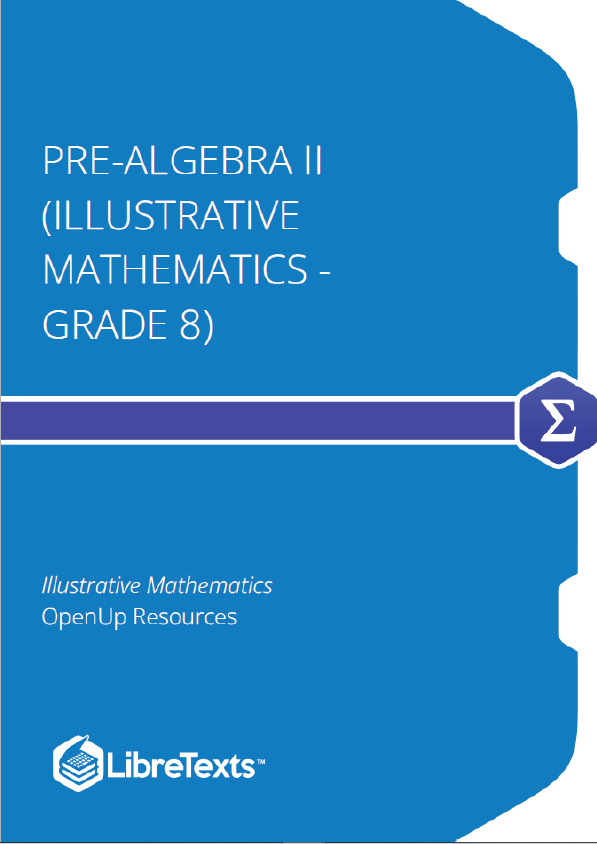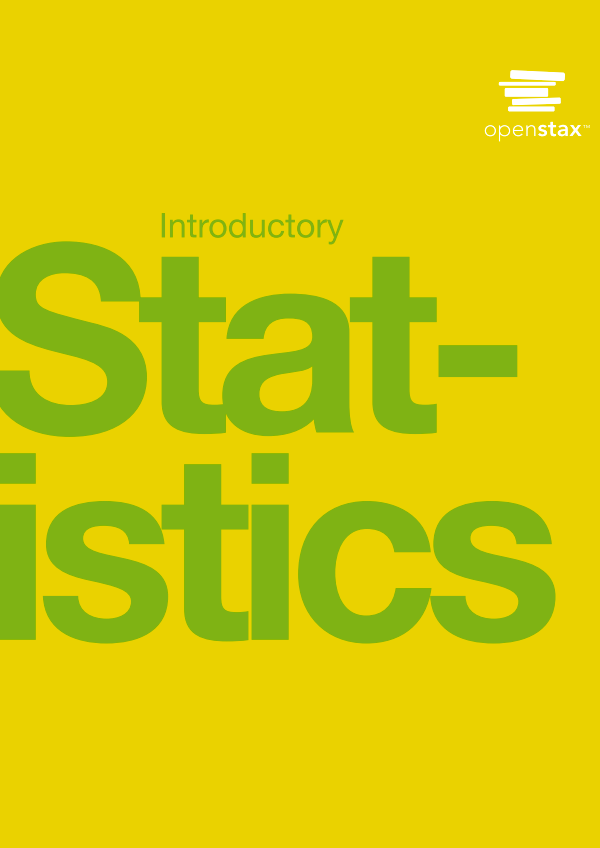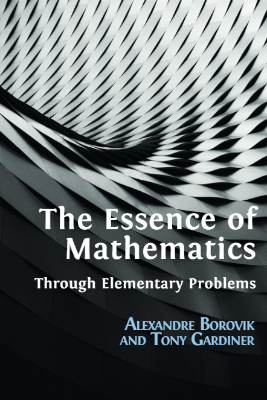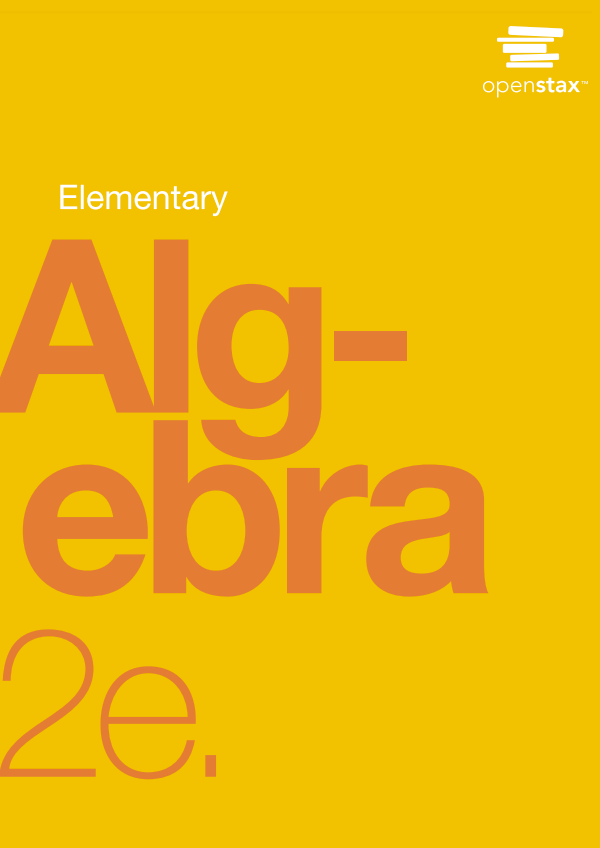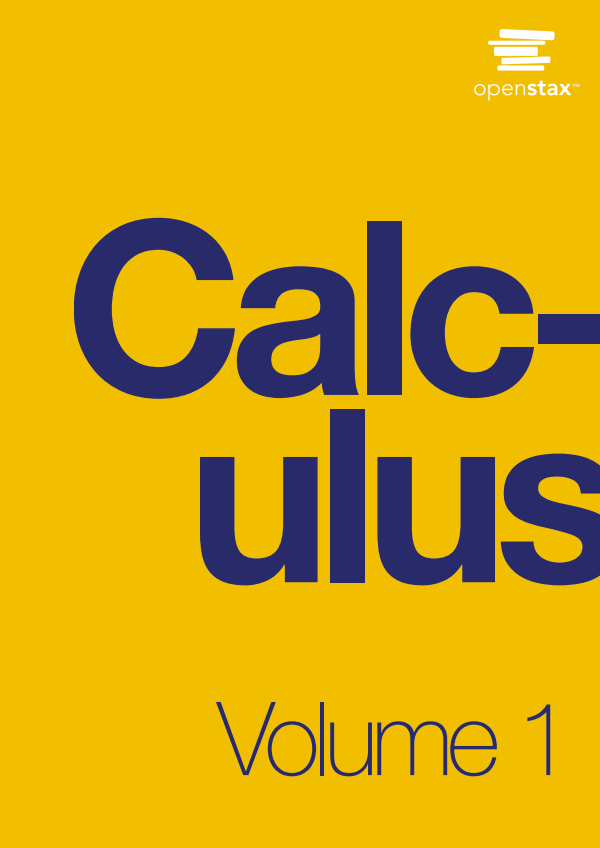Rigid Transformations and Congruence
In this unit, students learn to understand and use the terms “reflection,” “rotation,” “translation,” recognizing what determines each type of transformation, e.g., two points determine a translation. They learn to understand and use the terms “transformation” and “rigid transformation.” They identify and describe translations, rotations, and reflections, and sequences of these, using the terms “corresponding sides” and “corresponding angles,” and recognizing that lengths and angle measures are preserved. They draw images of figures under rigid transformations on and off square grids and the coordinate plane. They use rigid transformations to generate shapes and to reason about measurements of figures. They learn to understand congruence of plane figures in terms of rigid transformations. They recognize when one plane figure is congruent or not congruent to another. Students use the definition of “congruent” and properties of congruent figures to justify claims of congruence or non-congruence.
Describing Transformations
Sometimes two transformations, one performed after the other, have a nice description as a single transformation. For example, instead of translating 2 units up followed by translating 3 units up, we could simply translate 5 units up. Instead of rotating 20 degrees counterclockwise around the origin followed by rotating 80 degrees clockwise around the origin, we could simply rotate 60 degrees clockwise around the origin.
Can you find a simple description of reflecting across the -axis followed by reflecting across the x-axis?
The center of a rotation for a figure doesn’t have to be one of the points on the figure. To find a center of rotation, look for a point that is the same distance from two corresponding points. You will probably have to do this for a couple of different pairs of corresponding points to nail it down. When we perform a sequence of transformations, the order of the transformations can be important. Here is triangle translated up two units and then reflected over the x-axis.
No Bending or Stretching
Summary The transformations we’ve learned about so far, translations, rotations, reflections, and sequences of these motions, are all examples of rigid transformations. A rigid transformation is a move that doesn’t change measurements on any figure. Earlier, we learned that a figure and its image have corresponding points. With a rigid transformation, figures like polygons also have corresponding sides and corresponding angles. These corresponding parts have the same measurements. For example, triangle was made by reflecting triangle across a horizontal line, then translating. Corresponding sides have the same lengths, and corresponding angles have the same measures.
